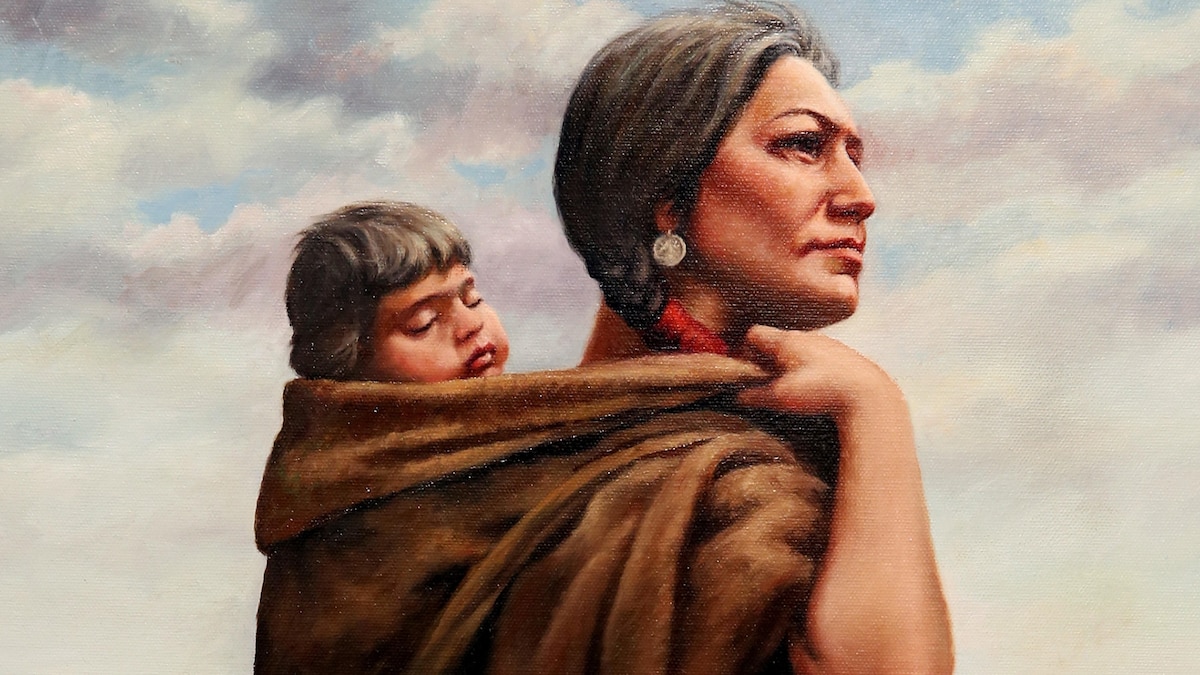Now Reading: Sacagawea: The Unsung Hero of U.S. Exploration
-
01
Sacagawea: The Unsung Hero of U.S. Exploration
Sacagawea: The Unsung Hero of U.S. Exploration

Swift Summary
- Sacagawea, a member of the Lemhi Shoshone Tribe, became an iconic figure in American history for her role in Lewis and Clark’s expedition.
- Born in the late 1780s and abducted by the Hidatsa Tribe at age 10, she later married French Canadian fur trader Toussaint Charbonneau under unclear and exploitative circumstances.
- In 1805,Sacagawea joined Lewis and Clark’s Corps of Revelation while six months pregnant. Her linguistic skills (Hidatsa and shoshone) facilitated negotiations with tribes during their westward journey across newly acquired U.S.territory after the Louisiana Purchase.
- She contributed to the expedition by securing crucial supplies during emergencies,harvesting edible plants,interpreting landscapes for navigation,and helping negotiate horse trades with her tribe-culminating in an emotional reunion with her brother Cameahwait.
- Despite playing a pivotal role on the expedition-including having voting agency on some decisions-Sacagawea did not receive compensation upon its completion; only Charbonneau was financially rewarded.
- Sacagawea’s death is widely believed to have occurred from illness in 1812; however, conflicting accounts suggest she lived into her eighties as part of another tribe.
- Now commemorated through monuments like Idaho’s effigy statue and her image on the U.S. Golden Dollar coin issued in collaboration with Native American communities.
Image: Painting depicting Sacagawea retrieving supplies after a boat capsized-a vital moment highlighting her contributions to preserving records.
!Sacagawea retrieving supplies
Indian Opinion Analysis
sacagawea’s story highlights complex intersections of gender dynamics, cultural survival under colonization pressures, and historical erasure-all themes relevant globally but particularly resonant for india given its own colonial history. Her pivotal contributions reveal how indigenous knowledge often serves as vital societal assets yet remains undervalued when assessed within exploitative frameworks.
For India today-where debates over recognition of marginalized communities intersect with narratives seeking reclamation-it stands exemplary that honoring historical contributions must transcend tokenism (as seen through coins or statues). The Native resistance against colonizers depicted alongside Sacagawea invokes parallels to India’s tribal struggles against resource exploitation seen even now.
Her multifaceted legacy resonates warmly: indigenous women’s resilience juxtaposed amidst oppressive conditions can draw inspiration toward striving equitable narratives policy admits past mistakes transparently … Path pioneers empower future trajectories collaboratively enrich society reflective balanced acknowledgment systemic marginallized مزید…

























